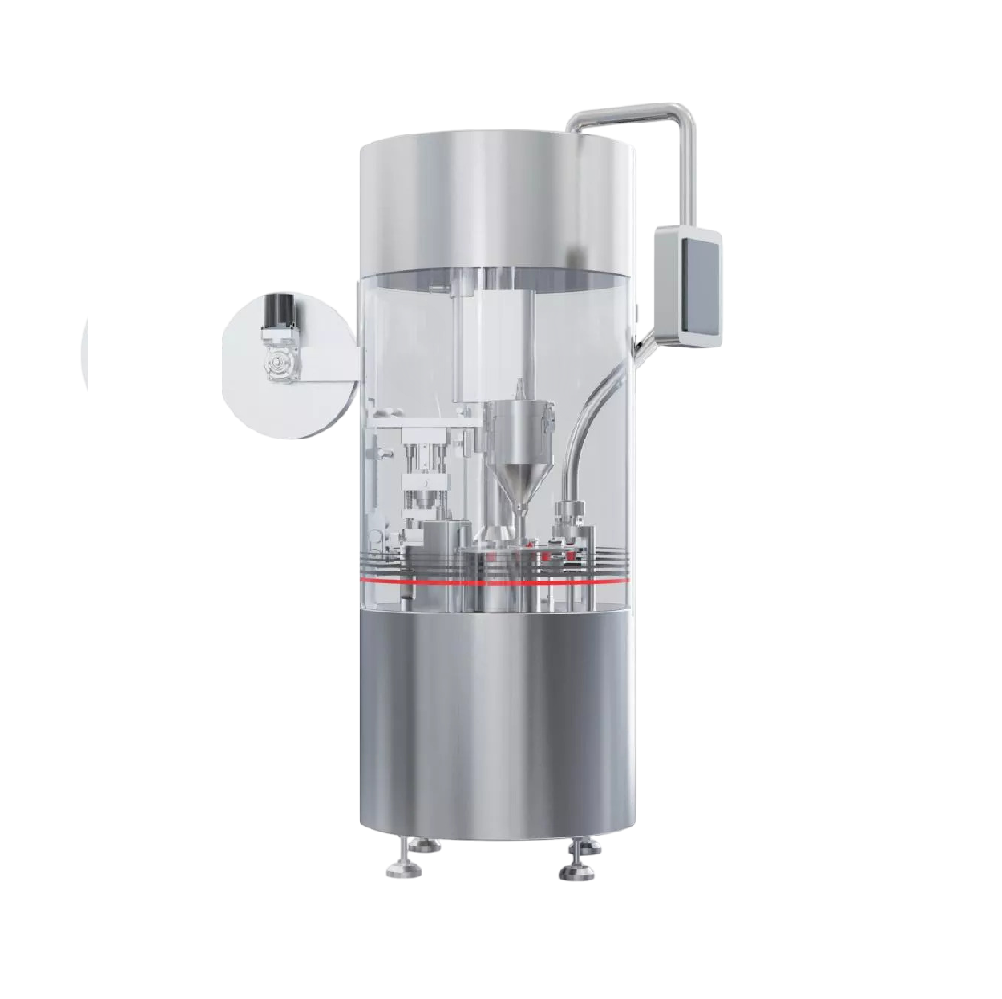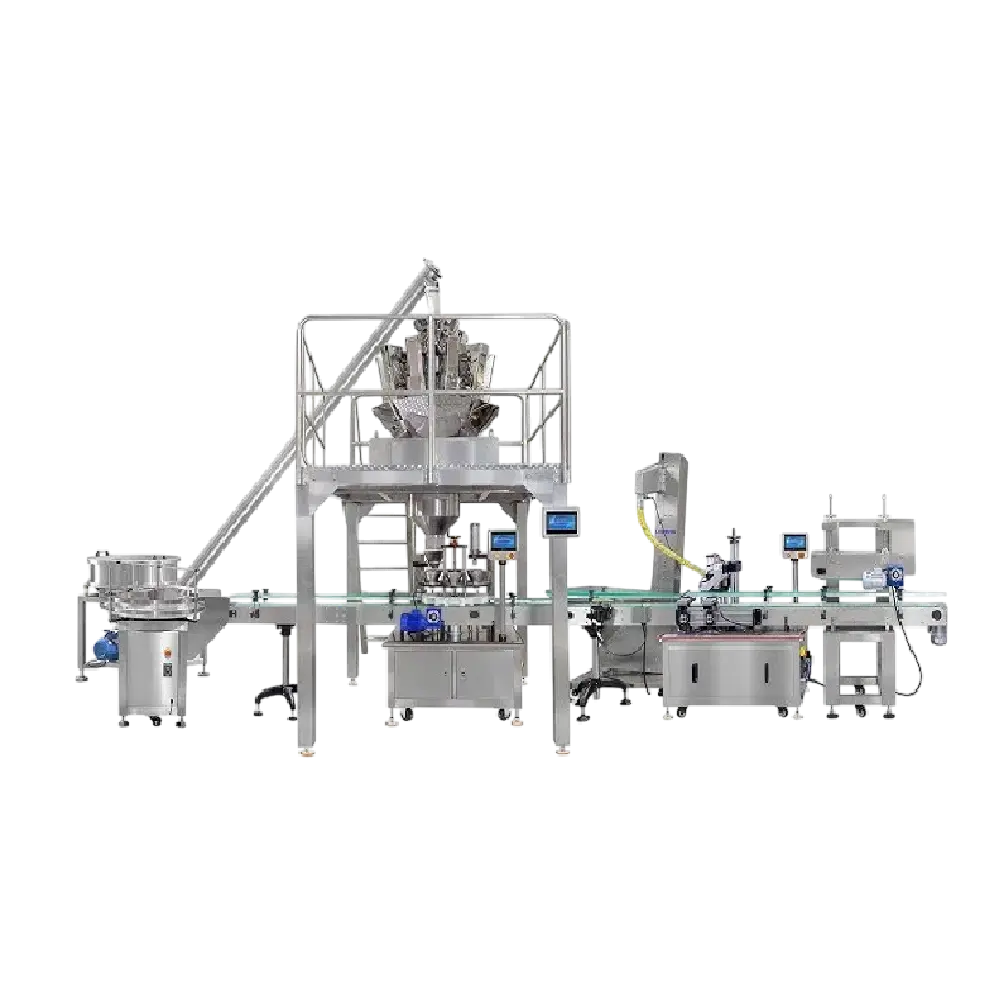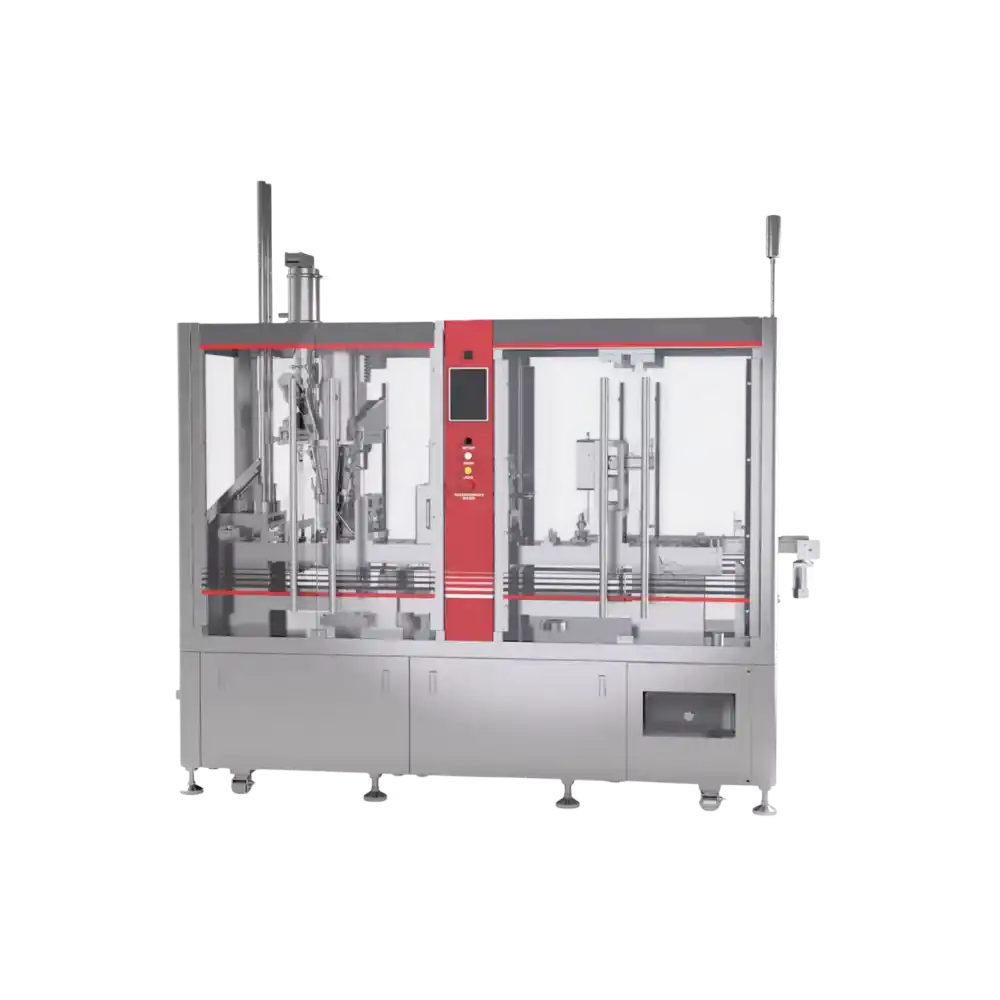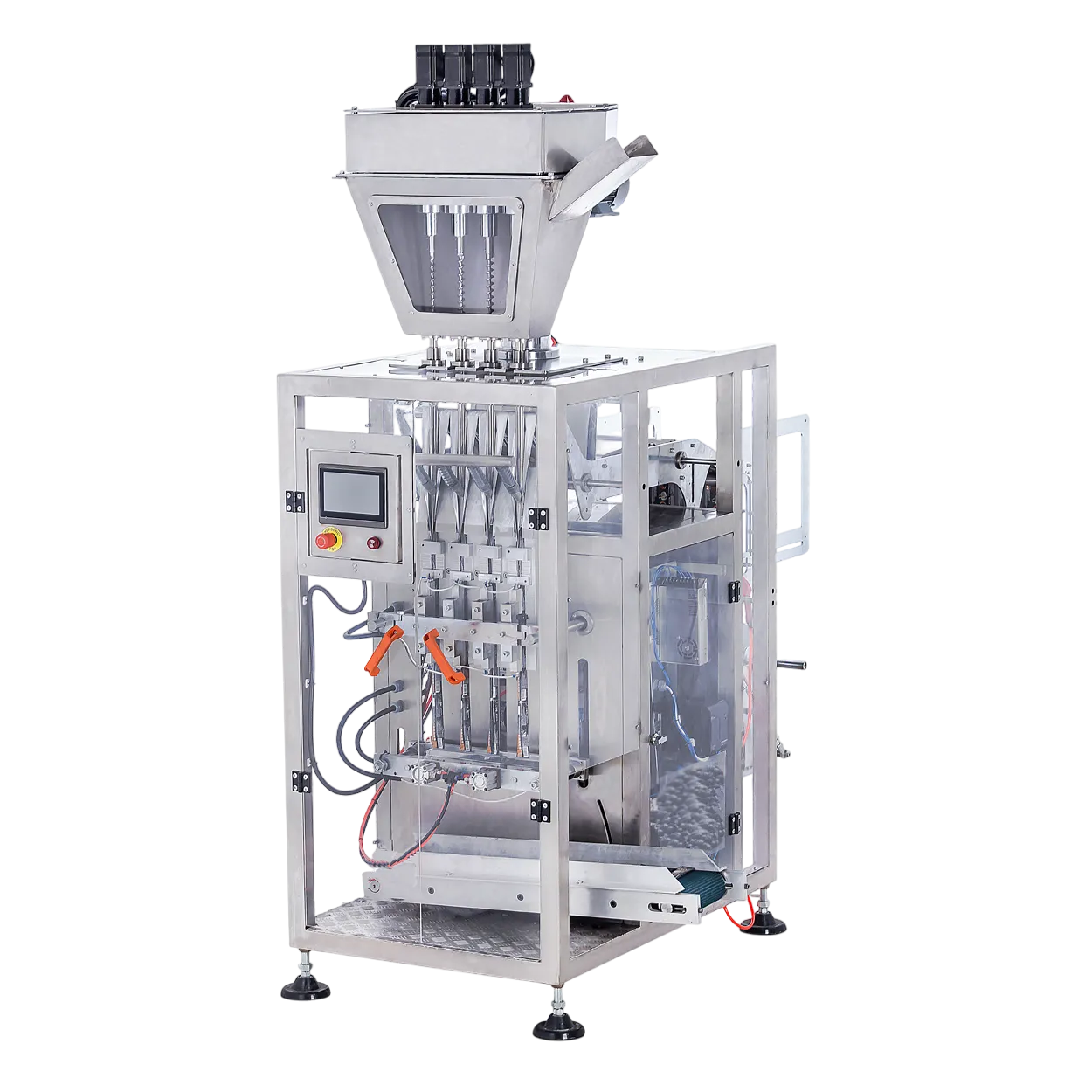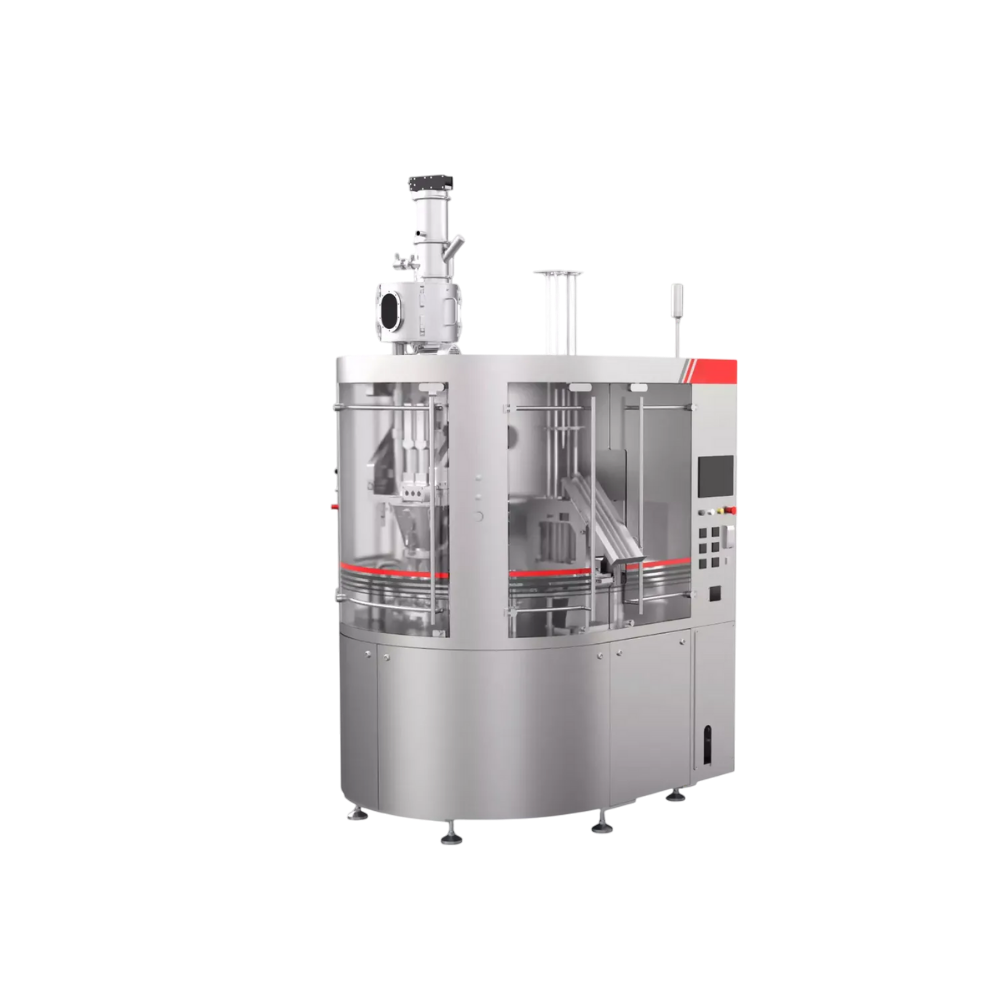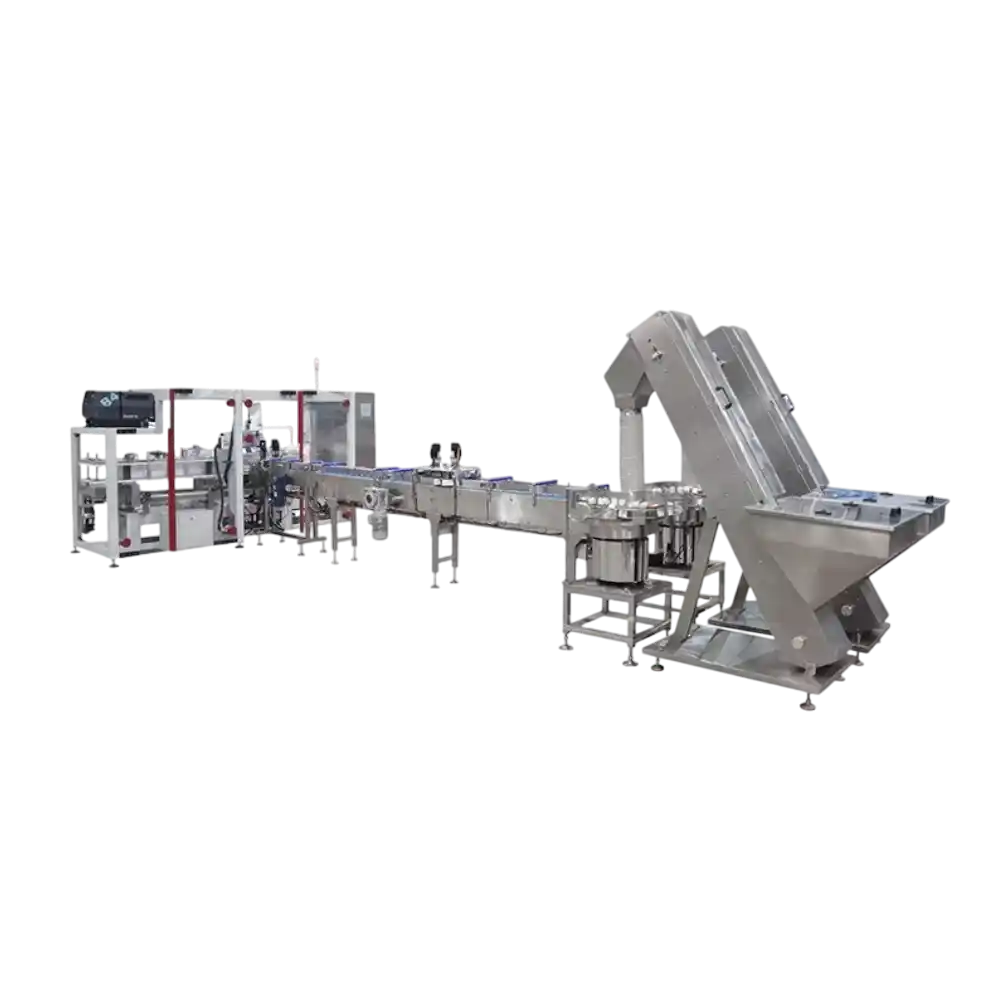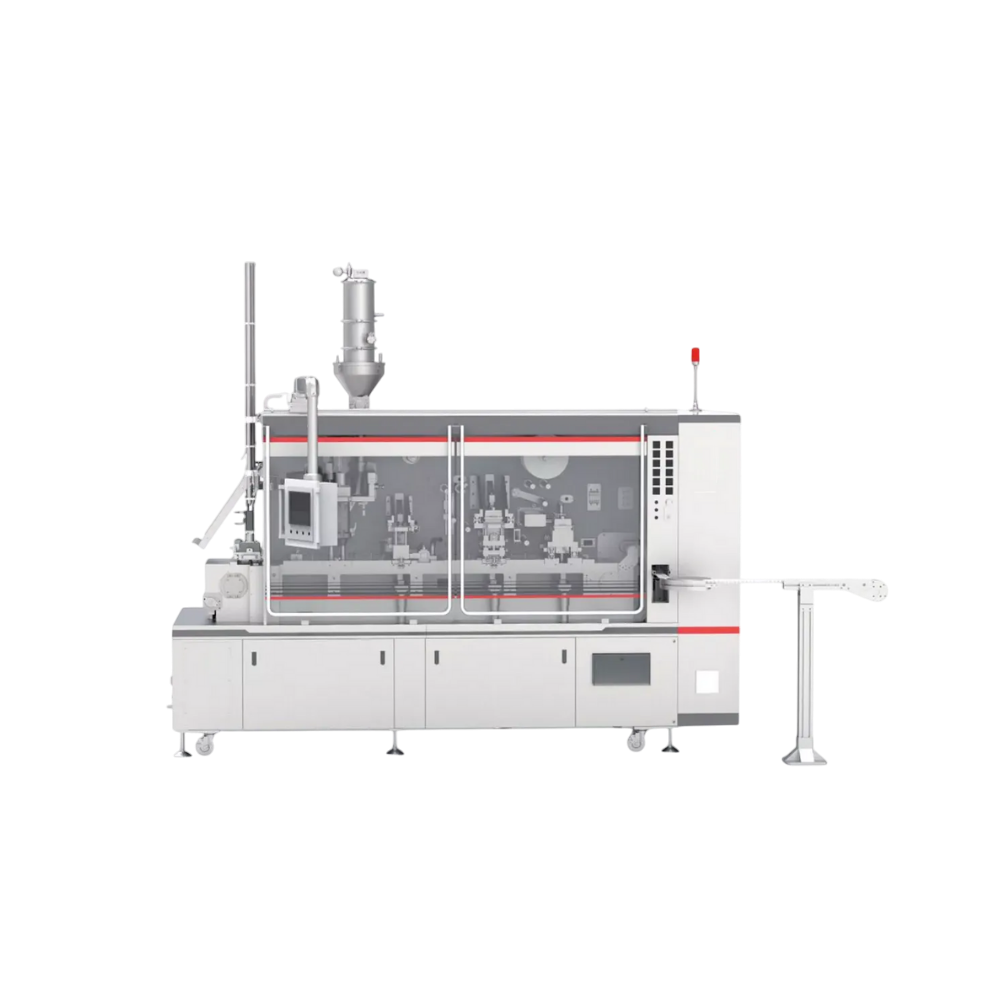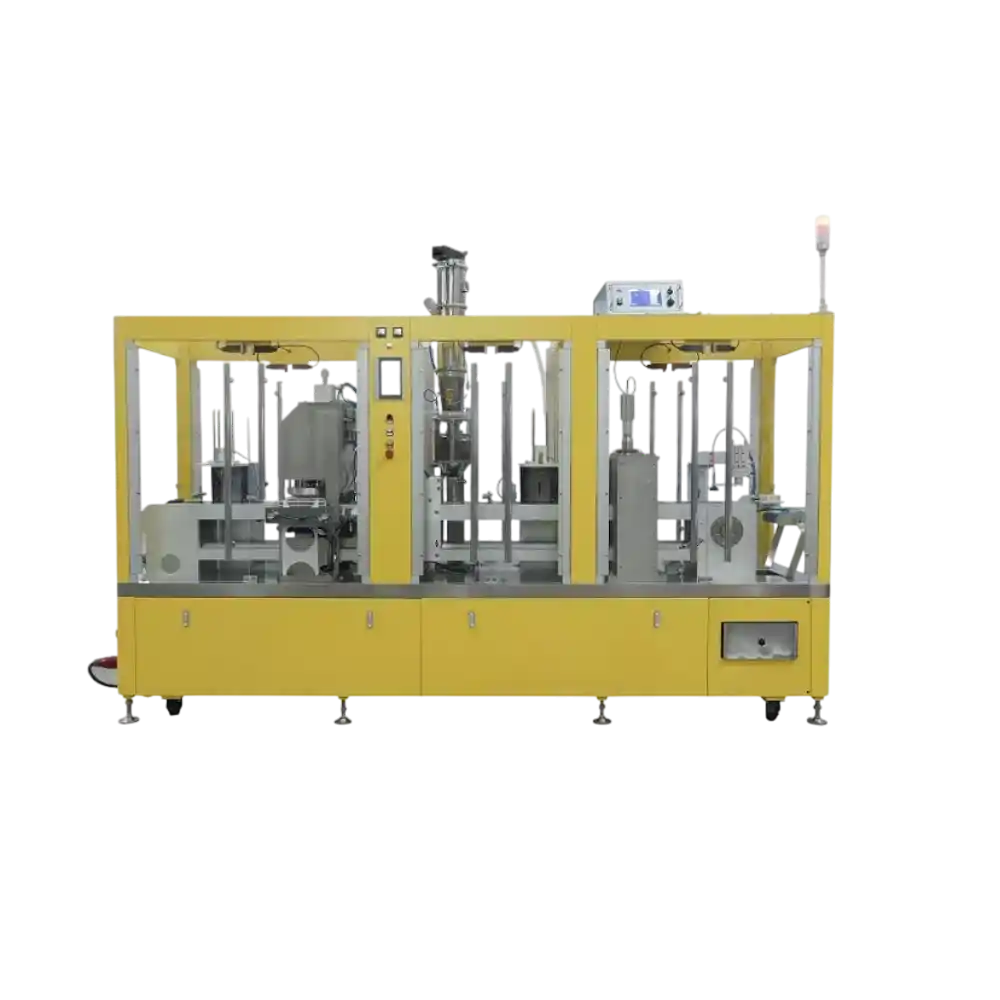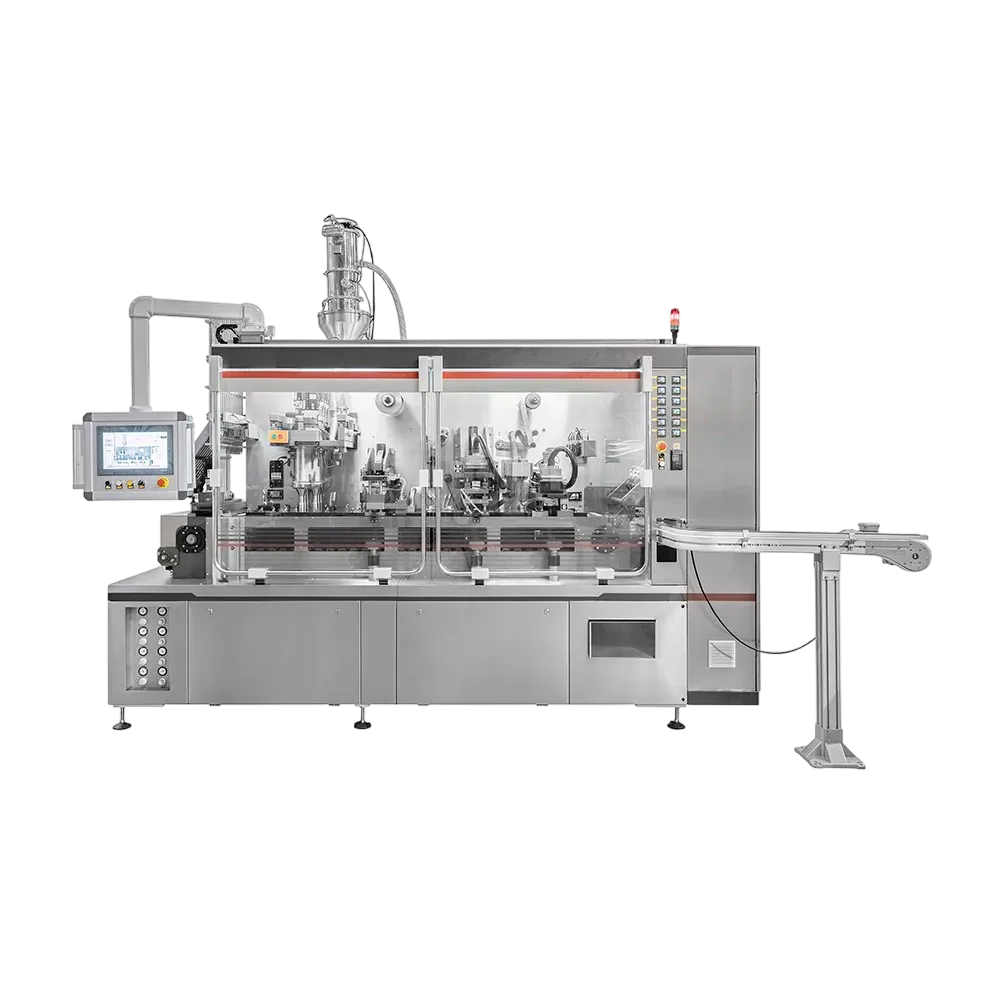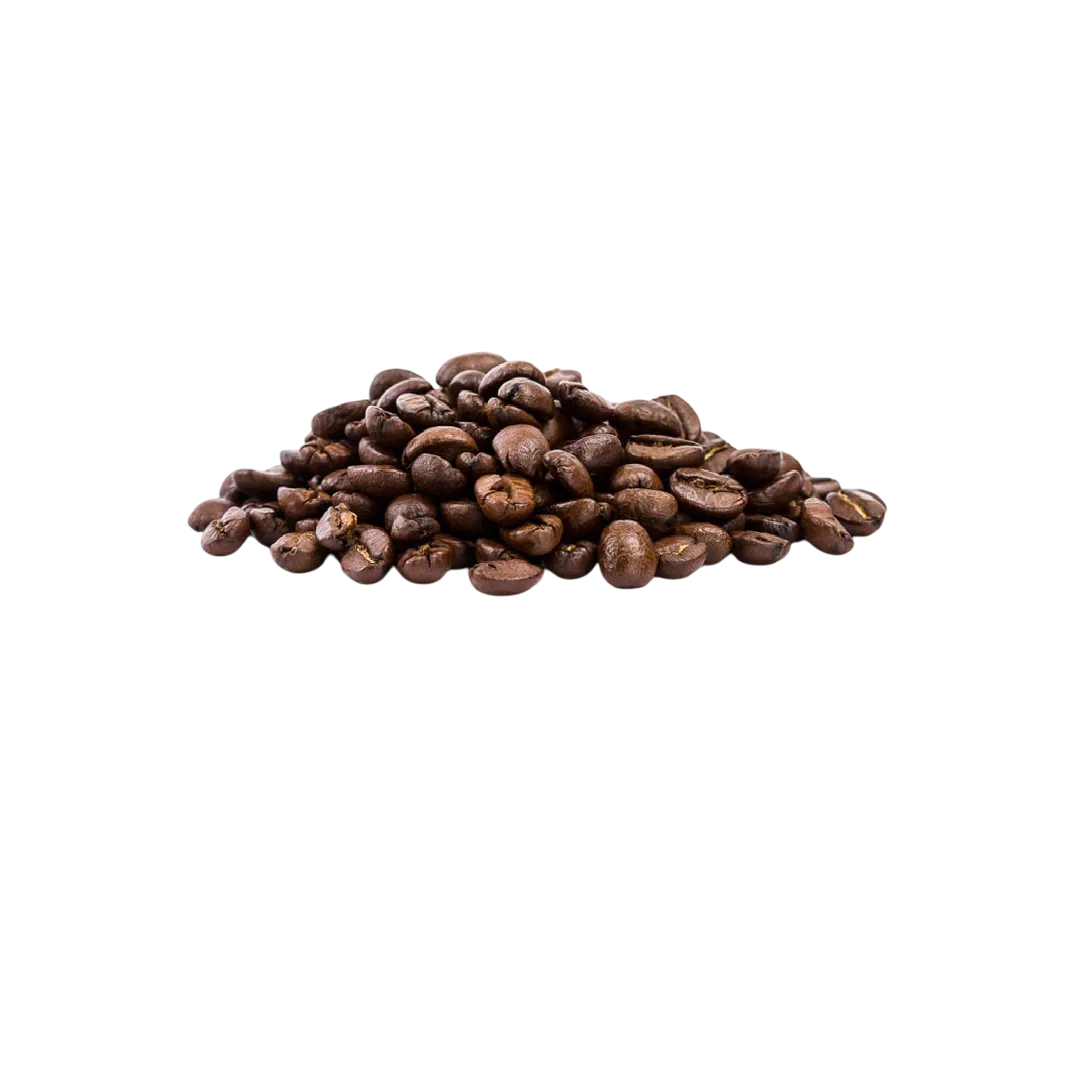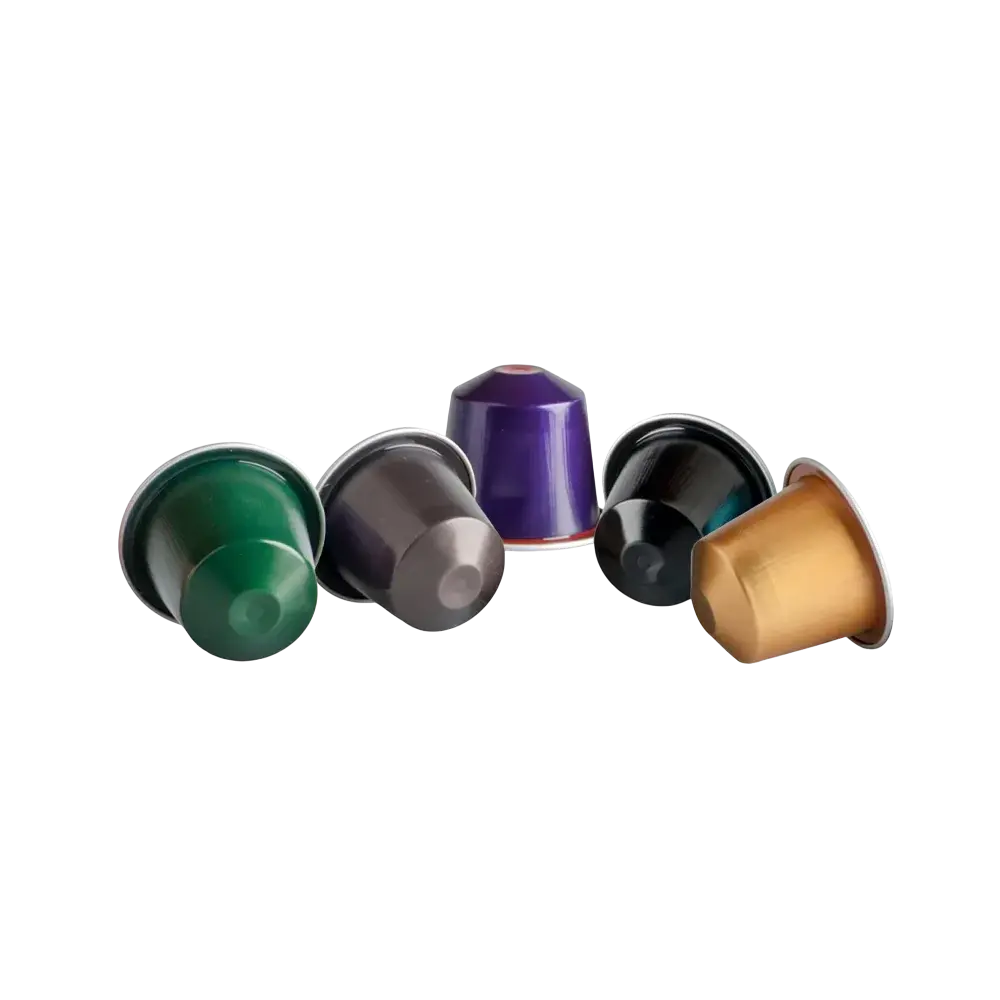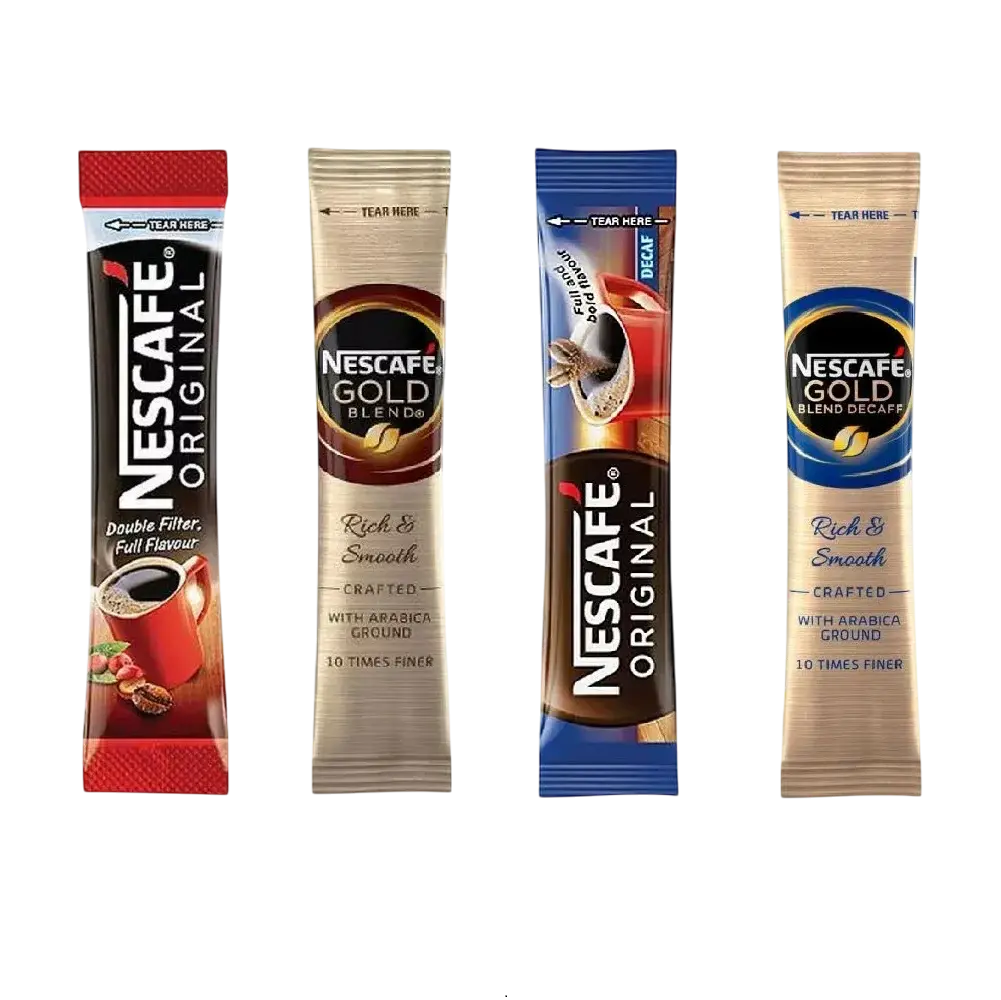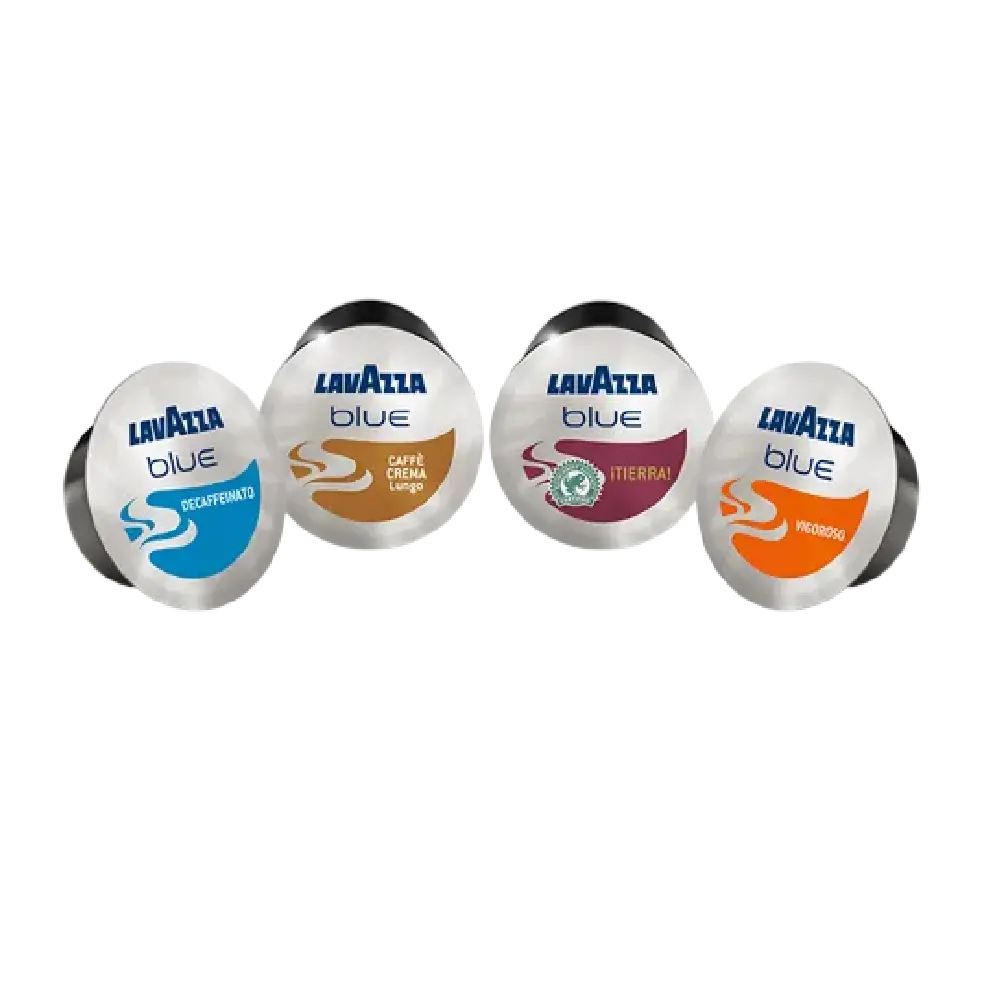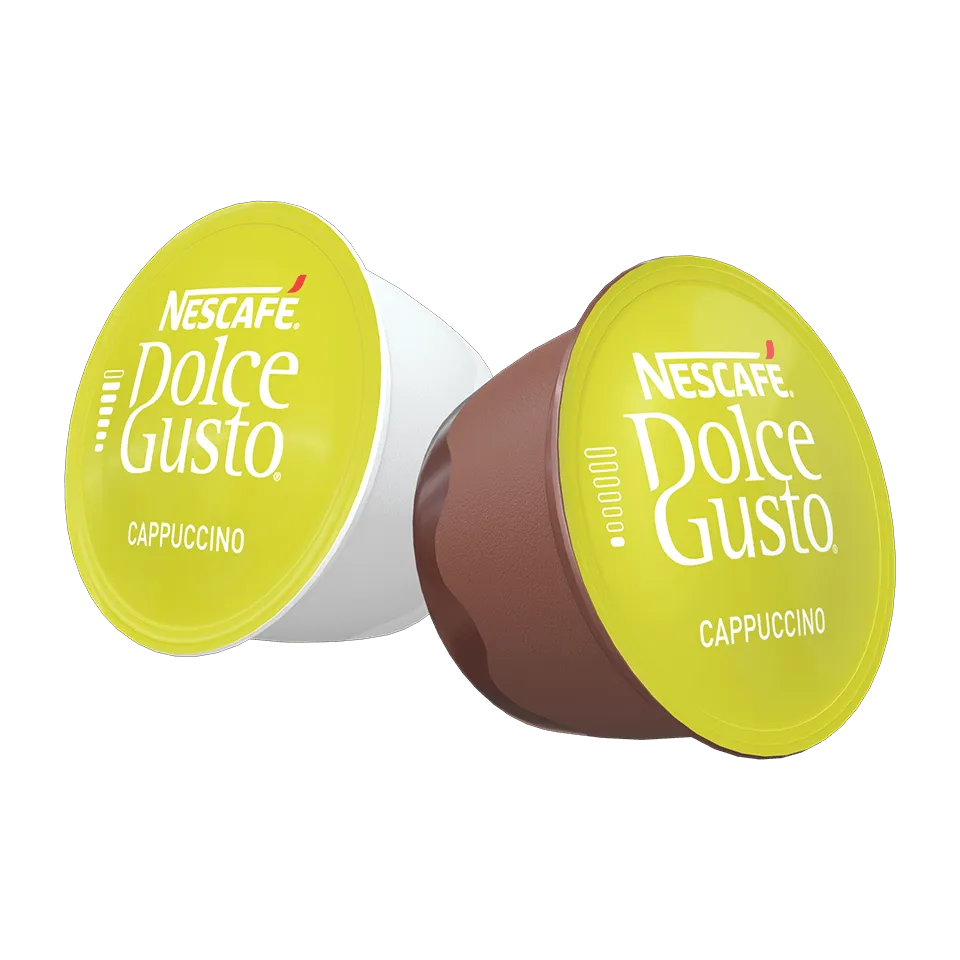Introduction
Folks drink coffee – it’s a habit, even a kind of ceremony. Moreover, it’s woven into life worldwide, from Ethiopian farms to Italian espresso bars, appearing in numerous styles. Coffee tastes different depending on where it’s grown, how its beans are roasted, likewise how people make their cup. This exploration delves into coffee – bean origins, local favorites, time-honored rituals, also current ways to brew.
The Four Main Coffee Bean Types
Let’s begin with the basics – coffee beans themselves – before we explore how things differ around the world. There are four main types cultivated everywhere people drink coffee.
1. Arabica Coffee
The world favors Arabica coffee – it accounts for roughly 60 to 70 percent of everything grown. This coffee type began in the Ethiopian mountains; people appreciate its subtle taste, bright sharpness, alongside a silky feel. Consistent weather plus elevation are key for healthy Arabica plants.
- It tastes like ripe fruit mingled with blossoms, often hinting at cocoa or a touch of nuts. Sometimes simply sweet.
- Coffee comes from places like Ethiopia, Colombia, Brazil – also Kenya, Guatemala, moreover Costa Rica.
- Folks dig it because it’s mellow, offers a bunch of different tastes, yet isn’t harsh like some others.
2. Robusta Coffee
Alongside Arabica, Robusta coffee – scientifically known as Coffea canephora – accounts for a substantial portion of global consumption, roughly 30 to 40 percent. Because it withstands bugs better also thrives in warmer climates, cultivating this variety tends to be simpler and less costly.
- It tastes powerful – a dark, grounding flavor that feels substantial while delivering a noticeable bite.
- It packs nearly twice the kick of Arabica – folks often choose it when brewing up bold espresso.
- Coffee comes from places like Vietnam, also Uganda, then India – Indonesia too, alongside sections of West Africa.
- It works with quick coffees, rich espresso mixes, also bold dark brews.
3. Liberica Coffee
You won’t often find Liberica coffee – it mostly grows in the Philippines, Malaysia, also bits of West Africa. The beans themselves look different from what you expect; they’re big, oddly shaped, offering tastes unlike any other.
- It tastes like flowers mingled with woodsmoke – occasionally a hint of fruit or even wine slips through. Essentially, floral yet grounded, carrying a smoky undertone.
- It’s mostly known – really adored – in Southeast Asia.
- Cocoa thrives in places like the Philippines, Malaysia – even Liberia alongside Ivory Coast.
4. Excelsa Coffee
Though Excelsa coffee doesn’t represent much of the world’s total yield, those who know it truly appreciate its unique character. Once considered its own species – Coffea excelsa – it’s now understood to be a type of Liberica.
- A taste that dances between shadowy coffee notes yet bursts with bright fruit – a curious, tangy delight.
- The plant thrives in Southeast Asia – specifically, the Philippines alongside Vietnam.
- It frequently mixes well alongside other coffee types, contributing layers of flavor.
Coffee Varieties by Region
Coffee from each nation tastes different – shaped by weather, height above sea level, earth type, likewise how it’s handled after picking. So, a journey around the globe where coffee grows begins.
Ethiopian Coffee
Coffee history frequently points to Ethiopia – its beans offer a remarkable range of flavors.
- Ethiopia boasts coffee from three well-known areas: Sidamo, also Yirgacheffe, moreover Harrar.
- A lively taste with a hint of blossoms, alongside lemon notes – it finishes like a delicate cup of tea.
- Coffee holds a special place in Ethiopia; more than just a drink, it’s a shared experience woven into everyday routines.
Colombian Coffee
The slopes of Colombia, built from old volcanoes, nurture exceptional Arabica coffee because of their fertile ground.
- It tastes smooth – a mix of sweet caramel alongside hints of nuts. Not too light, yet doesn’t feel heavy; a well-rounded experience.
- Huila, Antioquia – also Nariño – stand out.
- Colombian coffee frequently sets the bar for good Arabica; it’s what people think of when they picture top-notch beans.
Brazilian Coffee
Nearly one-third of all coffee beans come from Brazil – it produces more than any other country.
- It tastes like chocolate mixed with nuts – really mellow, barely any tang.
- You’ll find it in espresso mixes, coffees sold widely, also quick-dissolve brews.
- Minas Gerais, alongside São Paulo yet also encompassing Espírito Santo – these areas define a landscape.
Jamaican Blue Mountain Coffee
This coffee? It costs a fortune – people clamor for it.
- A gentle taste – not too strong, everything working together seamlessly. It feels soft on the tongue, yet offers a lively zest.
- This product boasts a special pedigree – it comes from a specific place, cultivated with care in small batches.
- It’s frequently seen as a fancy treat – that coffee.
Yemeni Coffee
For ages, Yemen has shipped coffee to the world – a tradition stretching way back in time.
- It tastes a bit like wine – sharp yet smooth – with spice layered throughout. Expect something intricate, frequently hinting at chocolate.
- The harbor at Mocha? It’s where mocha – that lovely blend of coffee alongside chocolate – originally got its moniker.
Vietnamese Coffee
As the world’s top Robusta grower, Vietnam also boasts a truly special way with coffee.
- Iced coffee, Vietnamese style: robust coffee gets a sweet milk boost – all poured over ice.
- A rich taste – dark, powerful, yet hinting at chocolate.
- Folks gather for coffee on the streets – it’s how they connect, whether inside a shop or out in the fresh air.
Other Notable Regions
- Kenya coffee offers a lively tang alongside flavors of fruit – specifically, hints of blackcurrant.
- Costa Rican coffee? Think smooth, bright – often a touch sugary from how they handle it.
- Guatemalan coffee? Think deep flavor – a bit like dark chocolate, a touch of spice, moreover, wonderfully substantial.
- From Indonesia’s Sumatra come coffees boasting a full feel, gentle tang, alongside notes reminiscent of forests and gardens.
Cultural Coffee Traditions
More than a flavor, coffee echoes through stories also traditions.
Italian Espresso Culture
Espresso – that’s where Italy changed how we drink coffee. Now, beverages like cappuccinos or macchiatos are enjoyed everywhere.
Turkish Coffee Tradition
Coffee, pulverized to dust, bubbles up in a small metal pot. It’s more than just a drink – it’s tradition, woven into how people connect across the Middle East. Recognized globally for its cultural importance.
Scandinavian Light Roasts
Folks in Nordic lands lean toward lighter roasts – they really let the bright, subtle tastes shine through. It shouldn’t surprise anyone that Finland, Norway, moreover Sweden rank right up there when it comes to how much coffee people drink.
American Coffee Culture
American coffee went from simple home brewing to a world where you can get pretty much any drink made just how you like – fast.
Brewing Methods and Their Influence on Coffee Varieties
How you make coffee impacts what it tastes like. Brewing methods reveal unique flavors – some bolder, some brighter.
- A shot of espresso? It’s powerfully flavored – the foundation for so much of what you find at a coffee shop.
- A French press brews coffee that’s bold yet smooth – it keeps those good oils intact, delivering a flavorful cup.
- Using a V60 or Chemex gives you coffee that’s bright, flavorful – a clean cup where delicate tastes really shine.
- Brewed slowly with cold water, this coffee is mellow – not harsh – with flavors leaning toward cocoa also sweetness.
- A bold coffee – intense flavor, a bit gritty, feels substantial on the tongue.
Specialty Coffee Movement
Coffee’s recent rise spotlights skillful brewing, openness about sourcing, moreover a dedication to better beans.
- Farmers get a fair price; you know exactly where your goods come from.
- Beans from a single farm – a taste of where they grew.
- Tiny harvests yield remarkable tastes. Each batch boasts a unique character.
Conclusion
Global coffee showcases diverse lands, customs, skills. Delicate Ethiopian beans alongside strong Vietnamese ones – each tells a tale. A fancy Jamaican brew or simple Turkish cup? You join a long history still unfolding.
Exploring different coffees never truly ends; nevertheless, coffee isn’t simply something to consume – it’s a shared experience connecting people worldwide.
Coffee’s journey from plant to cup? It isn’t just about good beans; clever tech does most of the work. Each sip – whether it’s an espresso, instant brew, or pod – comes thanks to some seriously intricate equipment. Let’s look at what makes it happen, covering everything from little workshop gadgets to huge factory machines involved in roasting, milling, sealing pods, alongside getting things ready for sale.
Coffee Machines for Roasting, Grinding, and Packaging: From Bean to Cup
Coffee Roasting Machines
As coffee beans roast, they blossom with scent, taste, likewise hue. How a roaster works – the machine itself, how it’s used – really shapes what that coffee becomes.
1. Drum Roasters
For quality coffee – whether a small batch or large scale – drum roasters handle the job. Coffee beans tumble within a hot rotating drum, guaranteeing they roast consistently.
- It delivers predictable roasts, lets you tailor each batch, works whether you’re doing a tiny test run or a massive production.
- Ideal for cafes focused on quality coffee, small-batch roasters, also businesses roasting at a moderate scale.
- Probat, Giesen – also Diedrich – stand out.
2. Hot Air (Fluid Bed) Roasters
Hot air roasts beans – no touching a scorching drum – for quick, consistent results.
- It tastes better, cooks quicker – temperature is spot on.
- Often seen at sample roasts – also favored by those smaller coffee shops focused on unique beans.
- It doesn’t hold as much coffee as a drum roaster.
3. Industrial Coffee Roasters
Massive coffee roasters – the kind used by big companies – completely handle the job, turning out hundreds of kilos every sixty minutes.
- It manages itself, keeps tabs on performance, saves power, moreover has built-in temperature regulation.
- Brands selling everyday coffee – the kind you find in supermarkets, like instant or capsules.
Coffee Grinding Machines
How finely you grind coffee shapes its taste when brewed – it changes what gets pulled out by the water. Coffee grinders differ; some are built for home use, others handle much larger batches.
1. Blade Grinders
Bean-chopping gadgets utilize spinning blades to get the job done.
- It won’t break the bank, takes up little space, moreover it’s straightforward to operate.
- It doesn’t always grind consistently, moreover adjusting the fineness is tricky.
- Ideal if you’re just starting to brew at home.
2. Burr Grinders
For a reliable, even coffee grind, this uses spinning abrasive disks instead of blades.
- It delivers consistent results – each time, exactly how coarse or fine you want it. Moreover, its accuracy is a real plus.
- From home brewing to professional cafés – you’ll find it there.
- There are two main kinds of burrs used for grinding coffee. Flat ones give a consistent particle size, whereas conical burrs stay cooler during operation alongside offering greater flexibility.
3. Industrial Grinders
Big coffee makers rely on hefty grinders to craft quick coffee, fill capsules, or prepare bags for sale.
- It delivers a lot, lets you tweak how fine or coarse things are, also works seamlessly alongside where items get boxed up.
- Mahlkönig, Ditting – even Bunn – offer equipment. These companies build things. Consequently, they are known names.
Coffee Capsule Filling Machines
Folks now drink a lot more single-cup coffee worldwide, so there’s huge need for machines that can fill those little capsules used by brands like Nespresso, Dolce Gusto, Lavazza – even Tchibo.
1. Nespresso Capsule Filling Machines
Machines built for Nespresso capsules stuff, close up, then box either aluminum or plastic pods.
- Get just the right amount, kept remarkably fresh without any oxygen.
- We handle everything from hand-filling a few capsules to massive production runs – thousands an hour.
- Want a gadget to stuff your own Nespresso pods? There are machines for that. They let you fill those little capsules yourself.
2. Dolce Gusto Capsule Machines
Dolce Gusto pods hold more, frequently brewing not just coffee but also things such as steaming hot cocoa.
- It seals capsules in stages, then adds flavoring. Also, it checks if everything works together.
- Roasters with moderate output – those starting to sell coffee in capsules.
3. Lavazza Capsule Filling Machines
Folks across Europe really like Lavazza machines, yet they only work with certain kinds of coffee capsules.
- It seals quickly, uses nitrogen to keep things fresh, also works seamlessly alongside your logo printing setup.
- Businesses selling coffee machines aim at offices – also people brewing at home.
4. Tchibo Capsule Filling Machines
For a simple, flavorful cup, Tchibo machines deliver coffee right when you need it.
- It keeps air out, locks in flavor, then checks itself for perfection.
- It grows with you – whether you’re starting small or building a huge operation.
Packaging Machines for Coffee
Coffee isn’t just about those little pods anymore; it comes in glass jars, single-use sticks, sealed pouches, even metal cans. Consequently, each type demands its own machinery.
1. Stick Pack Filling Machines
Folks really dig those little stick packs – convenient for quick coffee or complete beverage blends.
- It’s simple: smaller servings, take-it-with-you convenience, a lighter hit to your wallet.
- Machines build up layers – several paths for product flow – then seal things tight with warmth. They also let businesses put their mark on packaging however they like.
- Folks who make quick coffee, businesses supplying machines with joe.
2. Jar and Can Filling Machines
For years, people have kept ground or instant coffee in glass jars – also metal containers.
- The machine automatically measures ingredients, then pours them into containers. Next, it seals each one – finally adding a label.
- You’ll find this coffee at grocery stores – think everyday brands, also fancier, freshly ground options.
3. Vacuum-Sealed Bag Machines
To keep roasted coffee fresh – whether whole bean or ground – vacuum packing shields it from air, which causes staleness.
- Food stays good longer, remaining remarkably fresh.
- Coffee folks – those who roast beans to perfection – also need good packaging when they ship their product abroad.
4. Other Packaging Solutions
- Single-serve coffee packs designed for customers in Canada likewise the United States.
- Capsules that break down naturally – a good fit for companies wanting to go green.
- Eco-friendly pouches – good for the planet, great for wrapping things.
Integration of Coffee Processing Lines
For big jobs, coffee goes from roasting to grinding, then gets put in capsules before finally being packaged – all in one flow.
- Production speeds up, workers cost less, quality stays steady – that’s what automation brings.
- Keep tabs on things as they happen, let clever tech check the work, stash information securely online.
- You can choose how it comes – capsules, a jar, or convenient stick packs.
Whether it’s a handy tool for home or machinery filling a factory – size matters. Little gadgets tackle individual jobs, while big rigs handle mass production. One is built for focused tasks; the other exists to churn things out. Think personal versus widespread impact
Small-Scale (Artisan Roasters & Cafés)
- Small-batch drum roasters – handling from one to fifteen kilos at a time.
- Compact coffee mills.
- Hand-loaded pill capsules.
- Small machines that shrink-wrap food on your counter. They keep snacks fresh, likewise extend leftovers’ life.
Industrial (Mass Production)
- Roasting happens on its own, handling between 100 to 500 kilograms each hour.
- Grinders now come built with packing systems. They handle a lot, then seal it up.
- Machines fill between ten thousand to fifty thousand pill-sized packages every hour.
- Machines that pack sticks or jars – all by themselves.
The Role of Technology in Coffee Production
Coffee makers these days do more than brew; they help businesses operate responsibly, deliver consistent quality, moreover expand to meet demand.
- Roasters that save energy also mean a smaller impact on our planet.
- Capsules filled with nitrogen stay fresh longer – no need for added chemicals.
- Grinders that think: they use digital sensors to check how big or small the ground bits are.
- Our packaging breaks down naturally – pods for composting, jars for recycling.
Conclusion
Coffee machines – from bean roasting through capsule closing – have transformed how people enjoy coffee globally. Small-batch roasters focused on unique flavors alongside large companies making countless portions rely on this tech to deliver a reliable taste experience, conveniently. Coffee isn’t simple; the equipment behind each cup is surprisingly intricate. This intricacy suggests ways companies can improve taste, protect resources, likewise enhance how people savor their daily brew. So, when you sip from a capsule or dissolve granules, consider the impressive technology at work.
4. Excelsa Coffee
Excelsa (Coffea excelsa, now classified as a variety of Liberica) makes up a small percentage of global coffee production but has a loyal following among coffee enthusiasts.
-
- Flavor Profile: Tart, fruity, mysterious flavor with a unique balance of dark roast depth and fruity lightness.
-
- Growing Regions: Southeast Asia, particularly the Philippines and Vietnam.
-
- Uses: Often blended with other beans to add complexity.
Coffee Varieties by Region
Each coffee-growing country produces beans with unique characteristics influenced by climate, altitude, soil, and processing methods. Let’s travel across the world’s coffee belt.
Ethiopian Coffee
Ethiopia, often regarded as the birthplace of coffee, produces some of the most diverse and complex beans.
-
- Famous Regions: Sidamo, Yirgacheffe, Harrar.
-
- Flavor Notes: Bright acidity, floral, citrusy, tea-like body.
-
- Cultural Tradition: The Ethiopian coffee ceremony, a communal ritual, is an integral part of daily life.
Colombian Coffee
Colombia’s mountainous terrain and rich volcanic soil create ideal conditions for Arabica.
-
- Characteristics: Balanced flavor, medium body, caramel sweetness, nutty undertones.
-
- Notable Regions: Huila, Antioquia, Nariño.
-
- Global Reputation: Colombian coffee is often labeled as a standard of quality Arabica.
Brazilian Coffee
Brazil is the world’s largest coffee producer, responsible for nearly a third of global supply.
-
- Flavor Profile: Chocolatey, nutty, smooth with low acidity.
-
- Popular Uses: Espresso blends, commercial coffee, instant coffee.
-
- Regions: Minas Gerais, São Paulo, Espírito Santo.
Jamaican Blue Mountain Coffee
One of the most expensive and sought-after coffees in the world.
-
- Flavor Profile: Mild, well-balanced, smooth with bright acidity.
-
- Specialty Status: Protected origin label, grown in limited quantities.
-
- Appeal: Often considered luxury coffee.
Yemeni Coffee
Yemen is one of the oldest coffee exporters, dating back centuries.
-
- Flavor Profile: Wine-like acidity, spicy, complex, often with chocolate notes.
-
- Significance: The port of Mocha gave its name to the famous coffee-chocolate combination.
Vietnamese Coffee
Vietnam is the largest Robusta producer in the world and has a unique coffee culture.
-
- Signature Drink: Cà phê sữa đá — strong Robusta coffee with sweetened condensed milk served over ice.
-
- Flavor Profile: Intense, strong, and bold with chocolatey undertones.
-
- Culture: Street coffee is a social ritual, enjoyed in cafés and open-air settings.
Other Notable Regions
-
- Kenya: Bright acidity, fruity, blackcurrant notes.
-
- Costa Rica: Clean, balanced, often honey-processed for sweetness.
-
- Guatemala: Rich, chocolatey, and spicy with full body.
-
- Sumatra (Indonesia): Earthy, herbal, low acidity with heavy body.
Cultural Coffee Traditions
Coffee is not just about taste — it is deeply tied to culture and history.
Italian Espresso Culture
Italy revolutionized the modern coffee culture with espresso. From cappuccinos to macchiatos, Italian coffee drinks have spread worldwide.
Turkish Coffee Tradition
Unfiltered, finely ground coffee boiled in a cezve pot. Turkish coffee is a UNESCO Intangible Cultural Heritage and a cornerstone of Middle Eastern hospitality.
Scandinavian Light Roasts
Nordic countries favor light roast coffee, highlighting acidity and delicate flavors. Coffee consumption per capita in Finland, Norway, and Sweden is among the highest globally.
American Coffee Culture
From drip-brewed filter coffee to the rise of Starbucks-style specialty beverages, American coffee culture emphasizes convenience and customization.
Brewing Methods and Their Influence on Coffee Varieties
Different brewing techniques highlight different aspects of coffee flavor.
-
- Espresso: Concentrated, intense flavor, forms the base for many café drinks.
-
- French Press: Full-bodied, rich, with natural oils preserved.
-
- Pour-Over (V60, Chemex): Clean, aromatic, highlights subtle notes.
-
- Cold Brew: Smooth, less acidic, often chocolatey and sweet.
-
- Turkish Coffee: Strong, unfiltered, with thick mouthfeel.
Specialty Coffee Movement
The third-wave coffee movement emphasizes quality, transparency, and artisanal preparation.
-
- Direct Trade: Farmers paid fairly, with traceable origins.
-
- Single-Origin Beans: Highlighting the unique terroir of one region.
-
- Micro-Lots: Small batches with distinct flavor profiles.
Conclusion
Coffee varieties around the world reflect a rich tapestry of geography, culture, and craft. From Ethiopian floral Arabicas to bold Vietnamese Robusta, every bean carries a story. Whether you sip a luxury Blue Mountain espresso or a humble Turkish coffee, you are partaking in a centuries-old tradition that continues to evolve.
The journey through coffee varieties is endless, but one thing is certain: coffee is more than a drink — it’s a global language that unites us all.
The coffee industry relies not only on the quality of beans but also on the technology that transforms raw green coffee into a finished product. Behind every espresso shot, instant coffee stick, or capsule lies a complex process supported by advanced machinery. In this guide, we will explore the essential machines used in roasting, grinding, capsule filling, and packaging — focusing on both small-scale artisanal tools and industrial-grade equipment.
Coffee Machines for Roasting, Grinding, and Packaging: From Bean to Cup
Coffee Roasting Machines
Roasting is the stage where green coffee beans develop their aroma, flavor, and color. The type of roasting machine and technique dramatically influences the coffee profile.
1. Drum Roasters
Drum roasters are the most common type in specialty and commercial coffee production. Beans rotate inside a heated drum, ensuring even roasting.
-
- Advantages: Consistent results, customizable roast profiles, suitable for small to large batches.
-
- Applications: Specialty coffee shops, artisan roasters, mid-size roasteries.
-
- Notable Brands: Probat, Giesen, Diedrich.
2. Hot Air (Fluid Bed) Roasters
Instead of direct contact with a heated drum, beans are suspended in hot air, allowing fast and even roasting.
-
- Advantages: Cleaner flavor, faster roast, precise temperature control.
-
- Common Use: Sample roasting, small-batch specialty roasters.
-
- Downside: Less capacity compared to drum roasters.
3. Industrial Coffee Roasters
Large-scale roasting facilities rely on fully automated roasters capable of processing hundreds of kilograms per hour.
-
- Features: Automated controls, data tracking, energy efficiency, integrated cooling systems.
-
- Usage: Mass-market brands producing instant coffee, capsule coffee, or supermarket blends.
Coffee Grinding Machines
Grinding determines how coffee interacts with water, influencing flavor extraction. Machines vary based on purpose and scale.
1. Blade Grinders
Simple machines that chop beans with rotating blades.
-
- Pros: Affordable, compact, easy to use.
-
- Cons: Uneven grind size, limited control.
-
- Best For: Home brewing beginners.
2. Burr Grinders
Professional choice for consistent grind size, using two revolving abrasive surfaces (burrs).
-
- Advantages: Precision, uniformity, adjustable grind settings.
-
- Applications: Espresso machines, specialty coffee shops.
-
- Types: Flat burrs (uniform grind), conical burrs (cooler grinding, versatile).
3. Industrial Grinders
Large facilities use industrial grinders to produce instant coffee powder, capsule-ready grounds, or pre-packaged coffee.
-
- Features: High-capacity output, adjustable particle size, integration with packaging lines.
-
- Brands: Mahlkönig, Ditting, Bunn.
Coffee Capsule Filling Machines
The global rise of single-serve coffee has created massive demand for capsule filling machines compatible with Nespresso, Dolce Gusto, Lavazza, and Tchibo systems.
1. Nespresso Capsule Filling Machines
Nespresso-compatible machines fill, seal, and package aluminum or plastic capsules.
-
- Features: Precision dosing, oxygen-free environment to preserve freshness.
-
- Capacity: From small manual fillers to industrial lines producing thousands of capsules per hour.
-
- SEO Keyword: Nespresso capsule filling machine.
2. Dolce Gusto Capsule Machines
Dolce Gusto capsules are larger and often used for both coffee and specialty drinks like hot chocolate.
-
- Key Functions: Multi-layer capsule sealing, liquid flavor dosing, compatibility testing.
-
- Target Market: Mid-size roasters entering capsule coffee business.
3. Lavazza Capsule Filling Machines
Lavazza systems are popular in Europe, requiring specific capsule formats.
-
- Features: High-speed sealing, nitrogen flushing, integration with branding/printing systems.
-
- Industrial Use: Commercial roasters targeting office and home coffee markets.
4. Tchibo Capsule Filling Machines
Tchibo-compatible systems focus on freshness and convenience.
-
- Special Functions: Oxygen-free sealing, aroma preservation, automated quality control.
-
- Scalability: From small production runs to fully automated lines.
Packaging Machines for Coffee
Beyond capsules, coffee is packaged in various forms — jars, stick packs, vacuum bags, and cans. Each requires specialized equipment.
1. Stick Pack Filling Machines
Stick packs are popular for instant coffee and 3-in-1 mixes.
-
- Advantages: Portion control, portability, affordability.
-
- Features: Multi-lane fillers, heat sealing, branding flexibility.
-
- Industries: Instant coffee manufacturers, vending coffee suppliers.
2. Jar and Can Filling Machines
Glass jars and tins are traditional formats for ground or instant coffee.
-
- Functions: Automatic weighing, filling, capping, and labeling.
-
- Market Use: Supermarket coffee brands, premium ground coffee lines.
3. Vacuum-Sealed Bag Machines
Vacuum packaging helps preserve roasted coffee beans and grounds by preventing oxidation.
-
- Benefits: Extended shelf life, freshness retention.
-
- Applications: Specialty coffee roasters, export packaging.
4. Other Packaging Solutions
-
- K-Cup style pods for North American markets.
-
- Biodegradable capsules for eco-friendly businesses.
-
- Compostable bags for sustainable packaging.
Integration of Coffee Processing Lines
In large-scale operations, roasting, grinding, capsule filling, and packaging machines are interconnected into a continuous production line.
-
- Automation Benefits: Faster production, reduced labor costs, consistent quality.
-
- Smart Features: Real-time monitoring, AI-based quality control, cloud data storage.
-
- Customization: Ability to switch between capsules, jars, and stick packs.
Small-Scale vs. Industrial Equipment
Small-Scale (Artisan Roasters & Cafés)
-
- Drum roasters (1–15 kg capacity).
-
- Small burr grinders.
-
- Manual capsule fillers.
-
- Tabletop vacuum sealers.
Industrial (Mass Production)
-
- Automated roasters (100–500 kg/hour).
-
- High-capacity grinders integrated with packaging.
-
- Capsule lines (10,000–50,000 capsules/hour).
-
- Fully automated stick/jar packaging systems.
The Role of Technology in Coffee Production
Modern coffee machinery goes beyond function — it enables sustainability, precision, and scalability.
-
- Energy-Efficient Roasters: Lower carbon footprint.
-
- Nitrogen-Flushed Capsules: Longer shelf life without preservatives.
-
- Smart Grinders: Digital sensors for particle size control.
-
- Eco-Friendly Packaging: Compostable pods and recyclable jars.
Conclusion
From the roasting drum to the capsule sealing line, coffee machines shape the way we consume coffee worldwide. Whether it’s a small artisan roaster carefully crafting micro-lots or a multinational brand producing millions of capsules daily, the technology behind coffee ensures consistency, flavor, and convenience. Understanding these machines not only highlights the complexity of coffee production but also opens opportunities for businesses to innovate in quality, sustainability, and consumer experience. The next time you enjoy a Nespresso shot or tear open an instant coffee stick, remember the advanced machinery that made it possible.
In this guide, we will explore the importance of coffee jar filling, how it affects coffee quality, the role of high-quality machines, and the techniques used for sealing and labeling jars. From single-sided to double-sided labeling units, this comprehensive overview will cover every step necessary to maintain coffee excellence from factory to cup.
1. The Importance of Coffee Jar Filling
1.1 Preserving Coffee Freshness
Freshly roasted coffee contains volatile compounds responsible for its aroma and flavor. Once roasted, coffee begins to oxidize, leading to a gradual loss of these compounds. Improper filling of coffee jars exposes the beans or ground coffee to air, moisture, and light, accelerating degradation.
A high-quality coffee jar filling process minimizes oxygen exposure by ensuring the jar is completely filled without unnecessary empty space and is sealed immediately. This preserves the coffee’s aroma, flavor, and texture, giving consumers the intended sensory experience.
1.2 Extending Shelf Life
The shelf life of coffee is directly related to how well it is protected from environmental factors. Correctly filled and sealed jars slow down oxidation and moisture absorption, which are the primary causes of staleness. Coffee jar filling machines equipped with precise dosing systems and vacuum or nitrogen-flushing capabilities can significantly extend the product’s shelf life, ensuring it stays fresh longer.
1.3 Consistency and Quality Assurance
For coffee brands, consistency is key. Every jar must contain the same quantity of coffee, packaged under the same conditions. Automated coffee jar filling machines provide precision, reducing human error and ensuring that each jar meets the brand’s standards. This quality control guarantees that every batch delivers the same taste experience, which is crucial for maintaining customer trust.


